Oxygen therapy plays a crucial role in supporting individuals with various medical conditions requiring supplemental oxygen. Whether you're new to the concept or have been prescribed oxygen therapy, understanding the essentials of using an oxygen therapy machine can enhance your health and overall experience. From the basics of oxygen concentrators to tips for managing portable options, this article will provide a comprehensive guide to help you navigate the world of oxygen therapy effectively.
What Is Oxygen Therapy?
Oxygen therapy involves using a medical device to deliver supplemental oxygen to individuals who cannot get enough oxygen naturally. Conditions such as Chronic Obstructive Pulmonary Disease (COPD), low oxygen levels, or other respiratory issues often necessitate this therapy. Oxygen therapy machines, including stationary and portable oxygen concentrators, provide medical-grade oxygen to meet these needs.
Modern oxygen concentrators are medical devices designed to extract oxygen from the air and deliver it in a purified form. These devices are widely used due to their efficiency and convenience, making them suitable for home use and on-the-go scenarios.
Types of Oxygen Therapy Machines
Stationary Oxygen Concentrators
Stationary oxygen concentrators are typically used at home. These devices deliver continuous flow oxygen and are designed for users who need higher oxygen output. A stationary oxygen concentrator is ideal for home use, ensuring a stable oxygen supply. The AC power supply of these machines allows for consistent operation, making them reliable for long-term therapy.
Portable Oxygen Concentrators
Portable oxygen concentrators (POCs) are lightweight and designed for mobility. They often use rechargeable batteries and meet FAA requirements, making them suitable for travel, including air travel. Devices like the Inogen One G5 and similar models are top-rated for their portability, long battery life, and compact design. These portable concentrators allow individuals to carry a reliable oxygen supply wherever they go, enabling greater freedom.
Oxygen Tanks and Liquid Oxygen Systems
Traditional oxygen tanks store compressed oxygen and are often used for short-term needs or as a backup. Liquid oxygen systems offer a compact and efficient way to store oxygen, providing higher oxygen purity in a smaller package. Both systems, however, require regular refills, making portable concentrators a more convenient choice for many users.
Key Features of Oxygen Therapy Machines
When choosing an oxygen therapy machine, consider the following features:
- Flow Settings: Machines offer different flow rates to accommodate varying oxygen needs. Continuous flow and pulse dose options are common.
- Battery Life: Devices with long-lasting rechargeable batteries and external battery chargers ensure uninterrupted oxygen delivery.
- Oxygen Purity: Medical-grade oxygen is essential for effective therapy, with most machines delivering 90–95% pure oxygen.
- Portability: Lightweight models with a carrying case or accessory bag allow for easier mobility.
- Power Supplies: Look for devices with AC power options and compatibility with electrical outlets.
Using Oxygen Therapy Machines Safely
Proper Usage
Always follow your health care provider’s recommendations and instructions when using supplemental oxygen. Incorrect usage can lead to complications such as receiving too much oxygen or too little oxygen, affecting your blood oxygen levels. Devices like a pulse oximeter can help monitor oxygen levels to ensure effective therapy.
Maintenance and Accessories
- Regularly clean your nasal cannula or tube with two prongs to prevent infections.
- Use a humidifier bottle with stationary concentrators to add moisture to the oxygen, reducing nasal dryness.
- Keep extra batteries and an oxygen regulator on hand for emergencies.
Transportation and Travel
If you frequently visit high-altitude areas, ensure your device is FAA-approved, such as the Inogen One G4. Portable oxygen concentrators designed for travel, like the Freestyle Comfort, are ideal for maintaining oxygen delivery on the go.
Common Questions About Oxygen Therapy
How Do Oxygen Concentrators Work?
Oxygen concentrators take in ambient air, filter out nitrogen, and deliver pure oxygen through a delivery system, such as a nasal cannula. These devices come in various sizes and types, including stationary and portable options.
Can I Adjust My Oxygen Flow?
Adjusting flow settings without guidance from your health care provider can lead to complications. Always ensure your oxygen needs are met by consulting a professional.
What Are the Benefits of Portable Concentrators?
Portable concentrators like the Caire and Inogen models offer freedom and flexibility, allowing users to lead active lives. These devices are lightweight, rechargeable, and often equipped with a carry bag for convenience.
Tips for First-Time Users
- Understand Your Device: Read the product overview and manual carefully to get familiar with features like oxygen output and battery life.
- Use Accessories Wisely: An accessory bag can help you organize extra batteries, power supplies, and a carrying case for your machine.
- Monitor Your Health: Use a pulse oximeter to check blood oxygen levels and ensure you’re receiving enough oxygen.
- Stay Prepared: Keep backup power supplies and compressed oxygen tanks for emergencies.
- Avoid Overuse: Receiving too much oxygen can be harmful; stick to your prescribed oxygen flow settings.
The two—channel electric massager is your personal assistant in maintaining health and well-being. Combining efficiency and convenience, it allows you to enjoy the benefits of professional massage at home. You can buy this device at the best price in our online store.
Conclusion
Oxygen therapy machines are invaluable tools for managing respiratory conditions and ensuring optimal oxygen levels. Whether you’re using a stationary oxygen concentrator at home or a portable option like the Inogen One G5, understanding your device and following best practices can enhance your therapy experience. Always consult your health care provider to ensure your oxygen needs are met safely and effectively.
By choosing the right device and maintaining proper usage, you can achieve better health outcomes and enjoy greater mobility, empowering you to live a fuller, more active life.

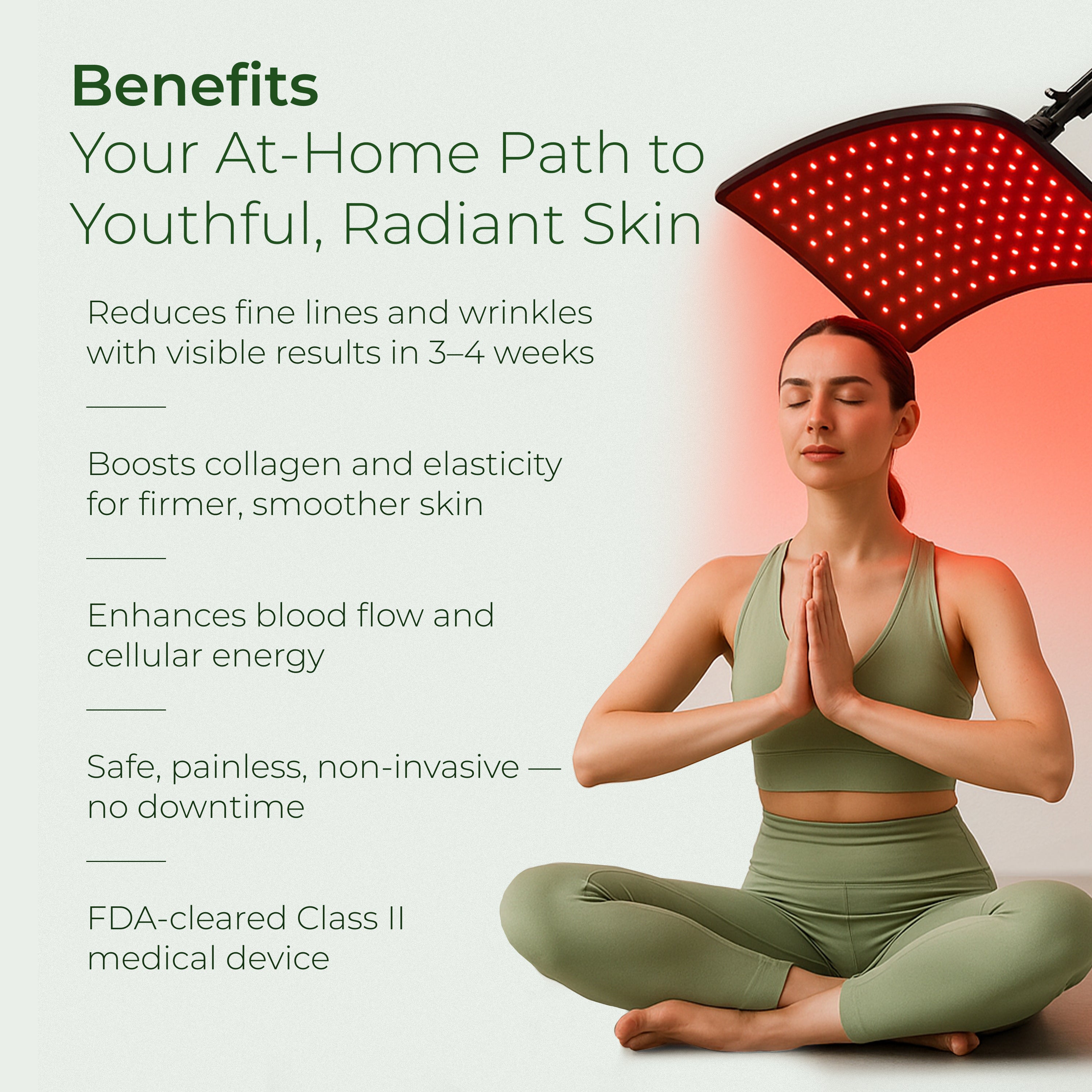
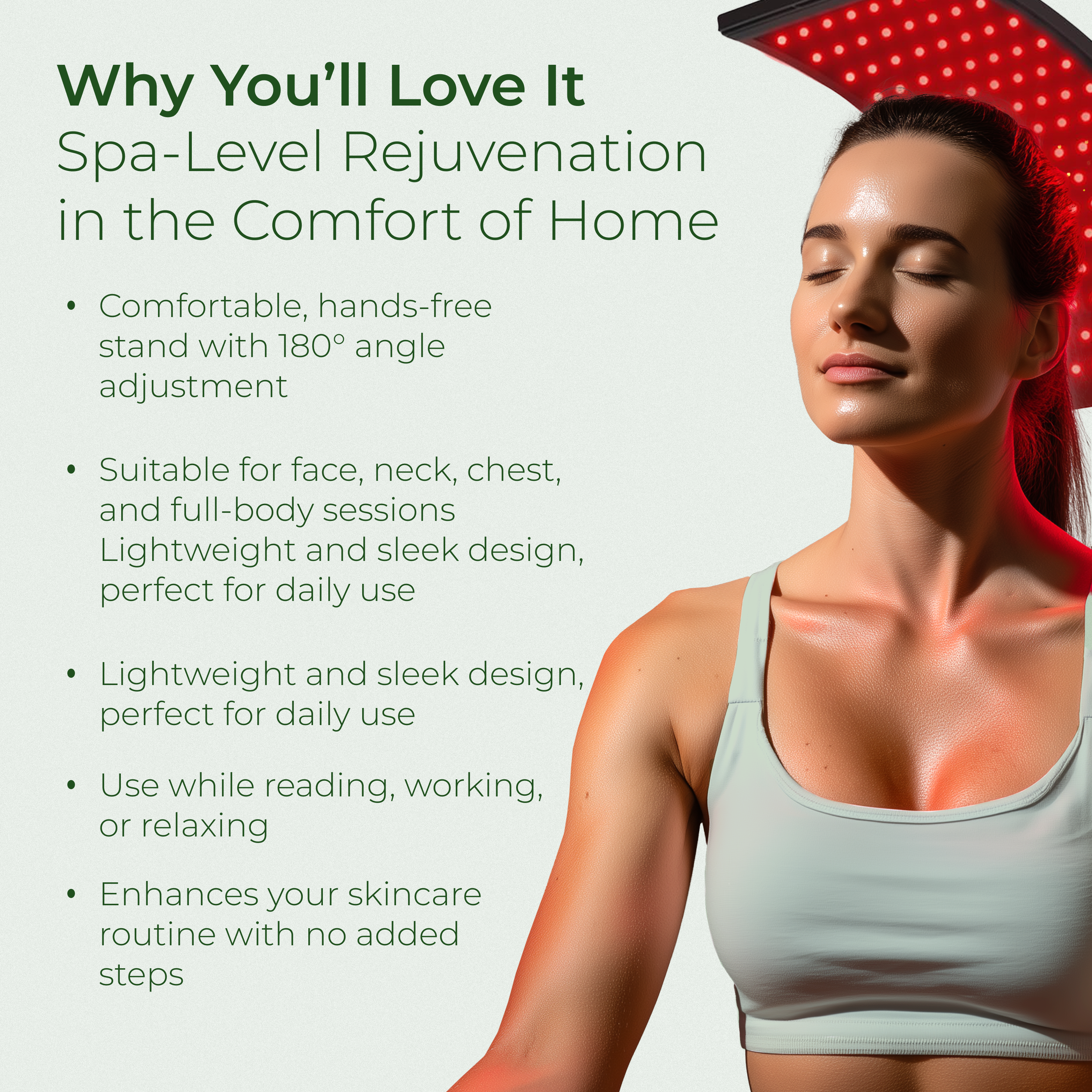
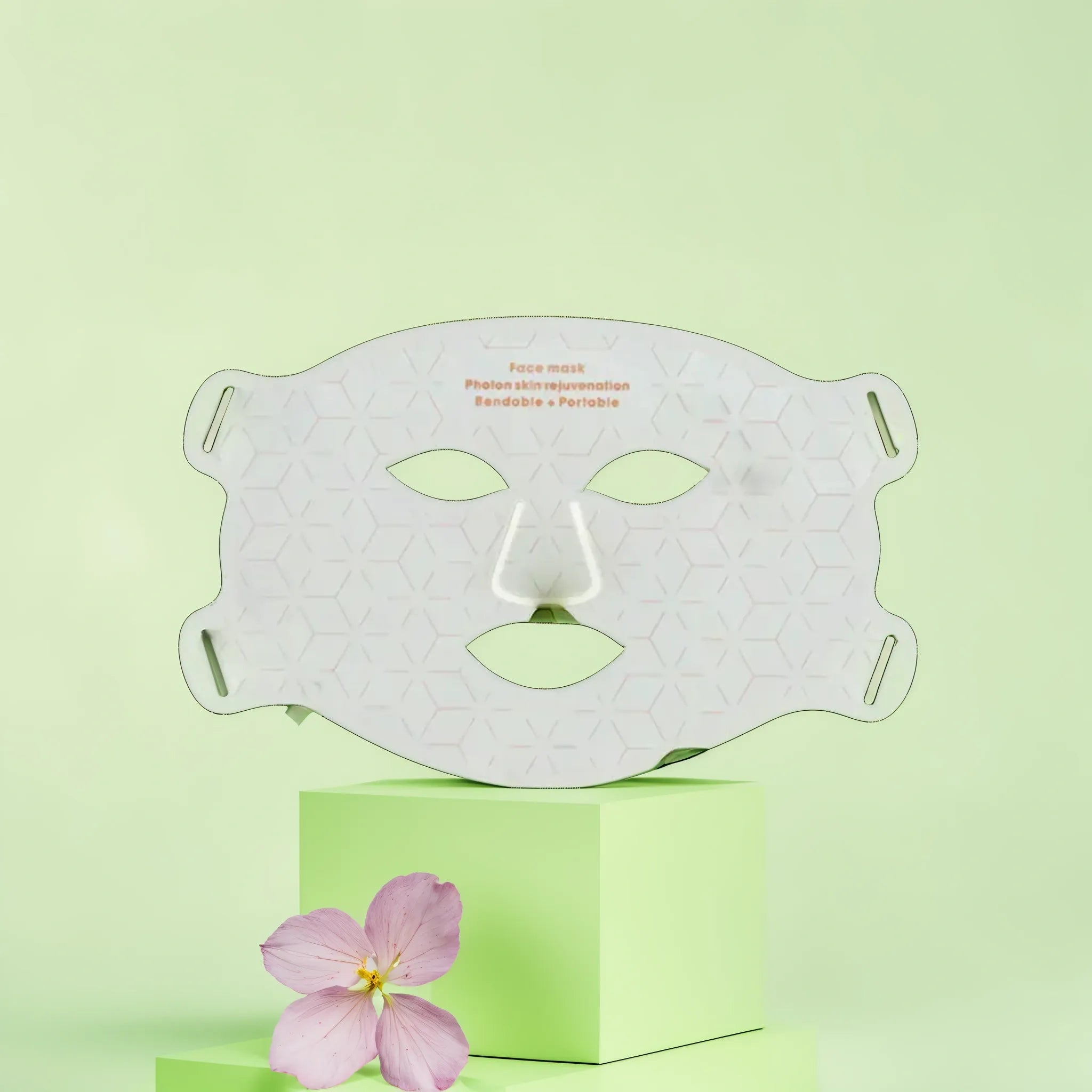
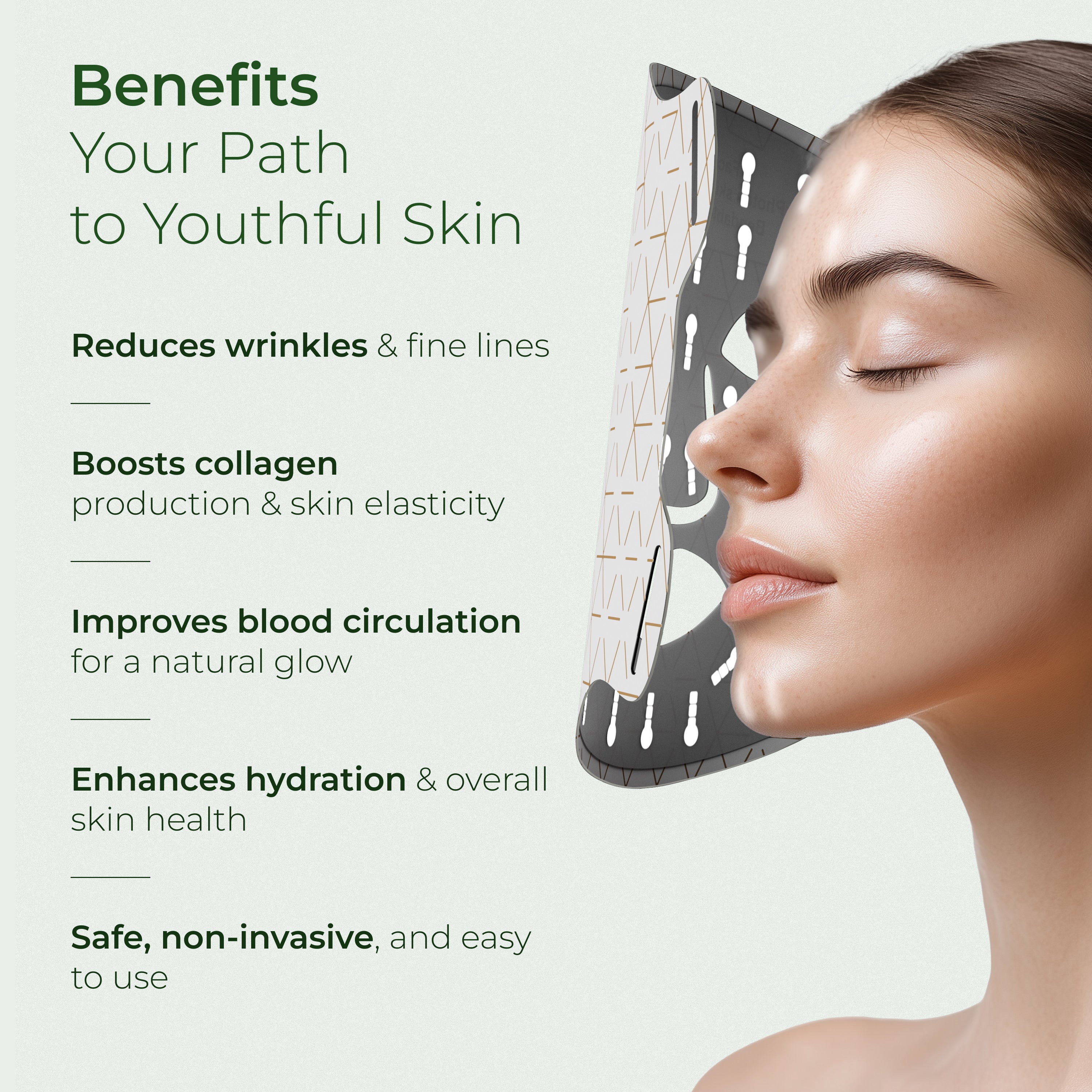


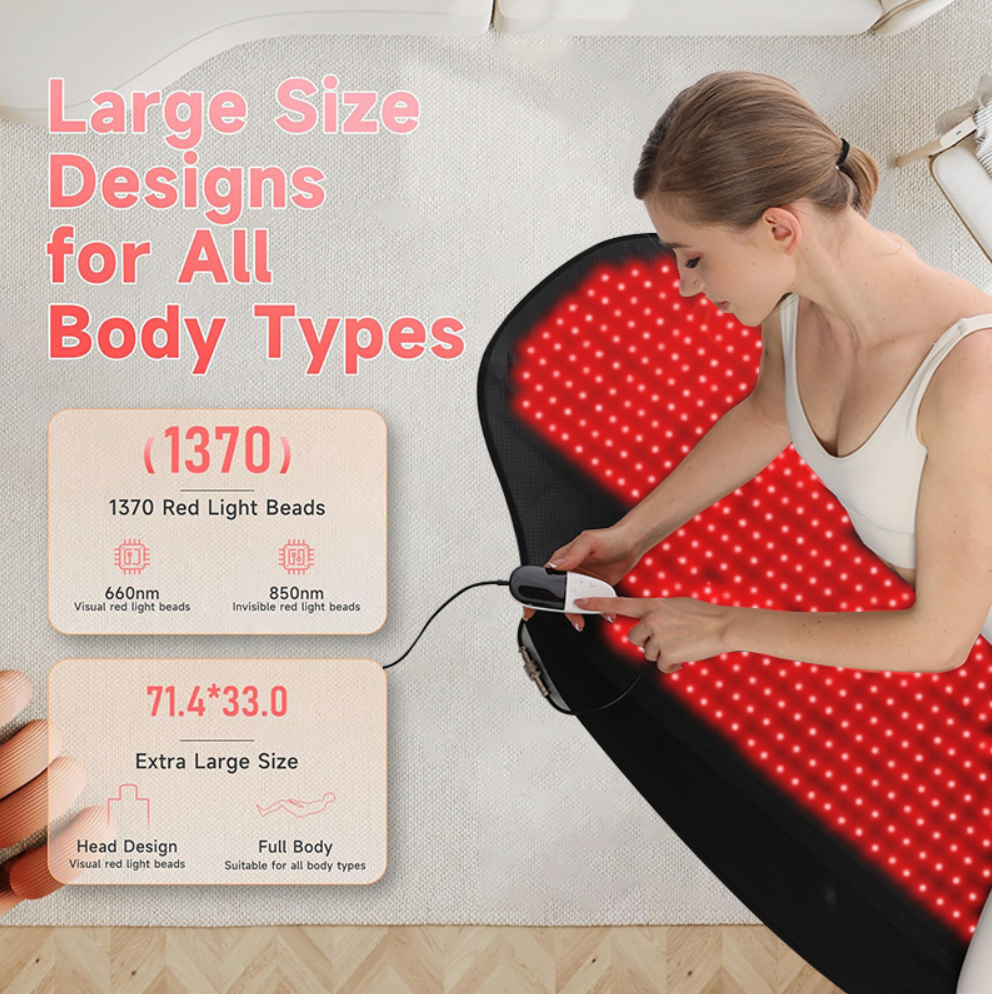
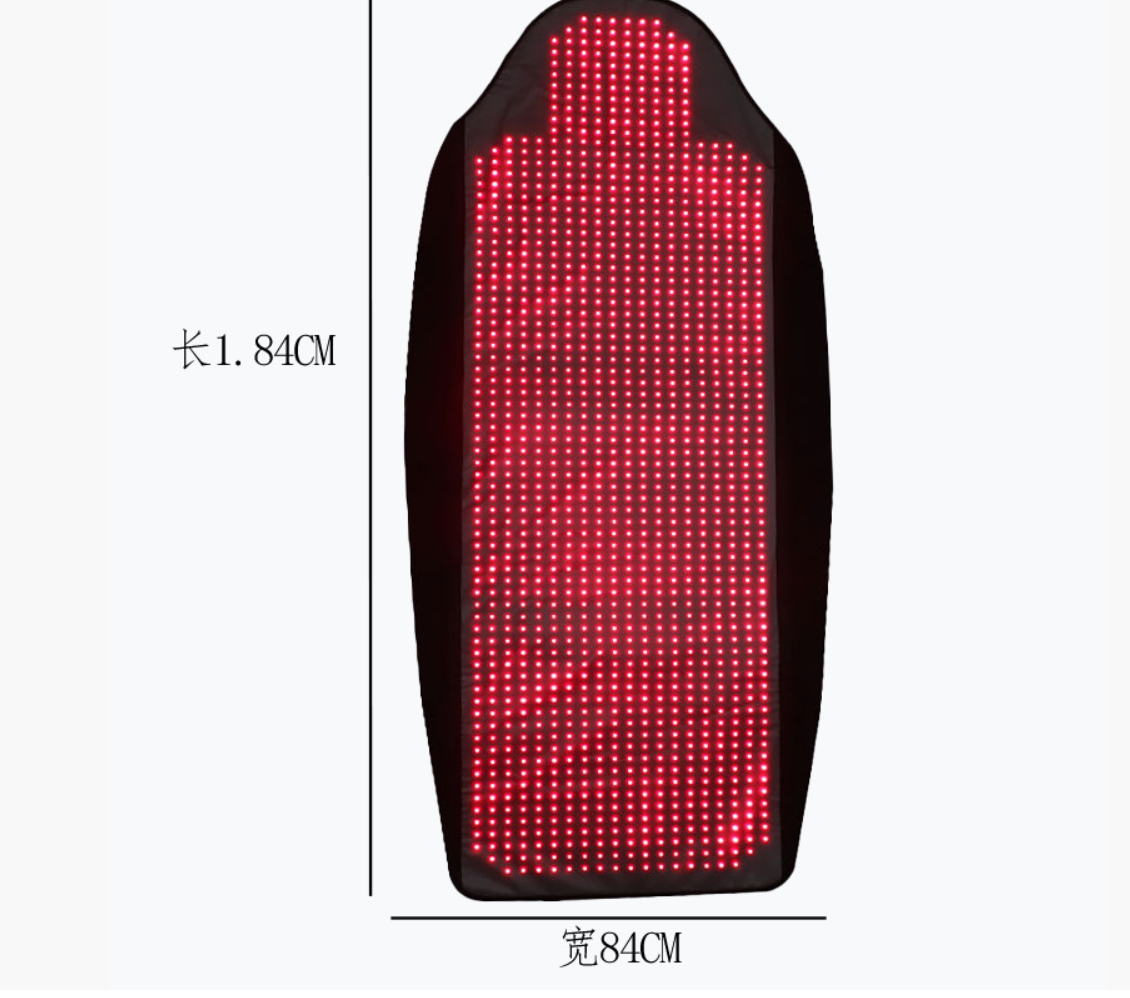
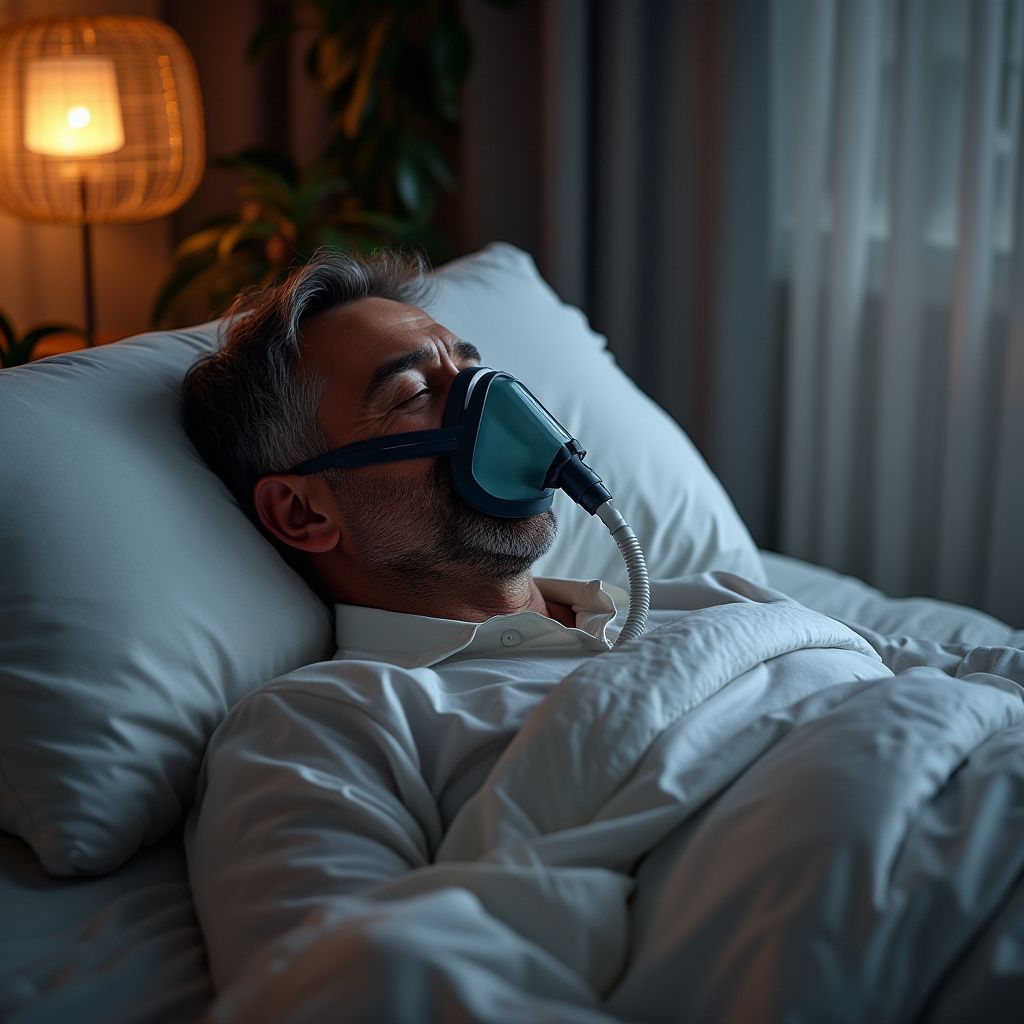

Hinterlasse einen Kommentar
Diese Website ist durch hCaptcha geschützt und es gelten die allgemeinen Geschäftsbedingungen und Datenschutzbestimmungen von hCaptcha.